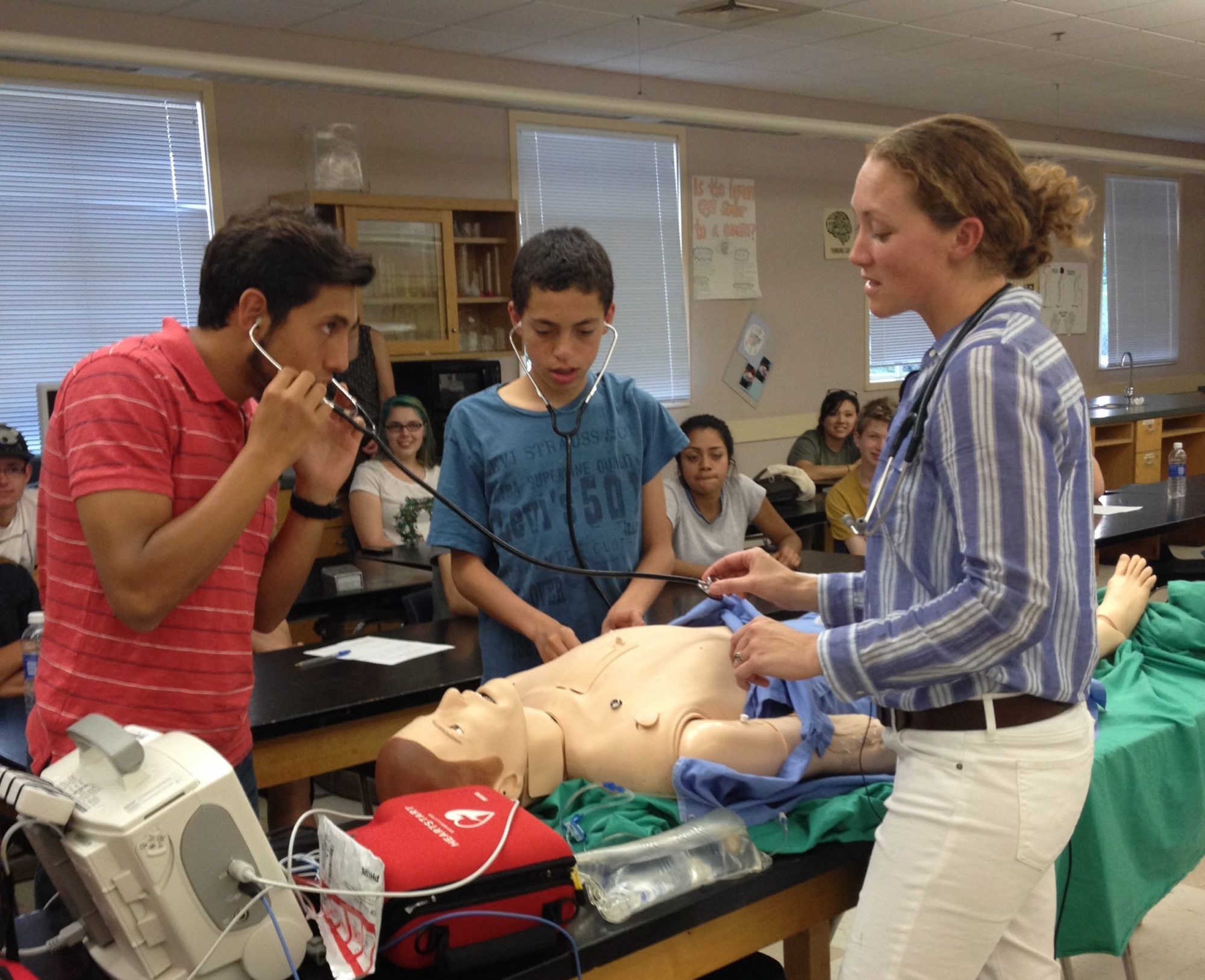Here’s MSS intern Josh Leung teaser video for this month’s Astronomy speaker series.
Astronomy and Astrophysics – March 2013 from Marin Science Seminar on Vimeo.
March 6th: NASA’s Fermi Gamma-ray Space Telescope (formerly known as GLAST) mission was launched into orbit on June 11, 2008. Its mission is to explore the most energetic and exotic objects in the cosmos: blazing galaxies, intense stellar explosions and super-massive black holes. Using experimental technologies developed by high energy particle physicists, Fermi’s astrophysical observations are being conducted by scientists world-wide. Unlike visible light, gamma rays detected by Fermi’s Large Area Telescope are so energetic that E = mc2 really matters! I will explain how Fermi uses matter and anti-matter pair production to track gamma rays to their cosmic locations, and will showcase recent exciting results from the mission
March 13: “I will begin by describing what black holes are (and what they are not!). I will then discuss how big black holes at the centers of galaxies are discovered, how they form, and how they give rise to some of the most remarkable and bizarre phenomena in the universe.”
March 27: One of the fundamental goals of astronomy and astrophysics is to understand how the Universe and its constituent galaxies, stars, and planets formed, how they evolved, and what their destiny will be. Dr. Barsony’s research is focussed on the formation of stars, brown dwarfs, free-floating planets, and planetary systems. The raw material is provided by the tenuous interstellar gas found in frigid clouds in our Galaxy. Since the present birthplaces of stars are hidden by interstellar dust mixed in with the gas, exploring the detailed mechanisms involved in star (and planetary system) formation requires observations at wavelengths whose passage is relatively unimpeded by the intervening dust: radio, millimeter, submillimeter, infrared, and X-ray wavelengths.

